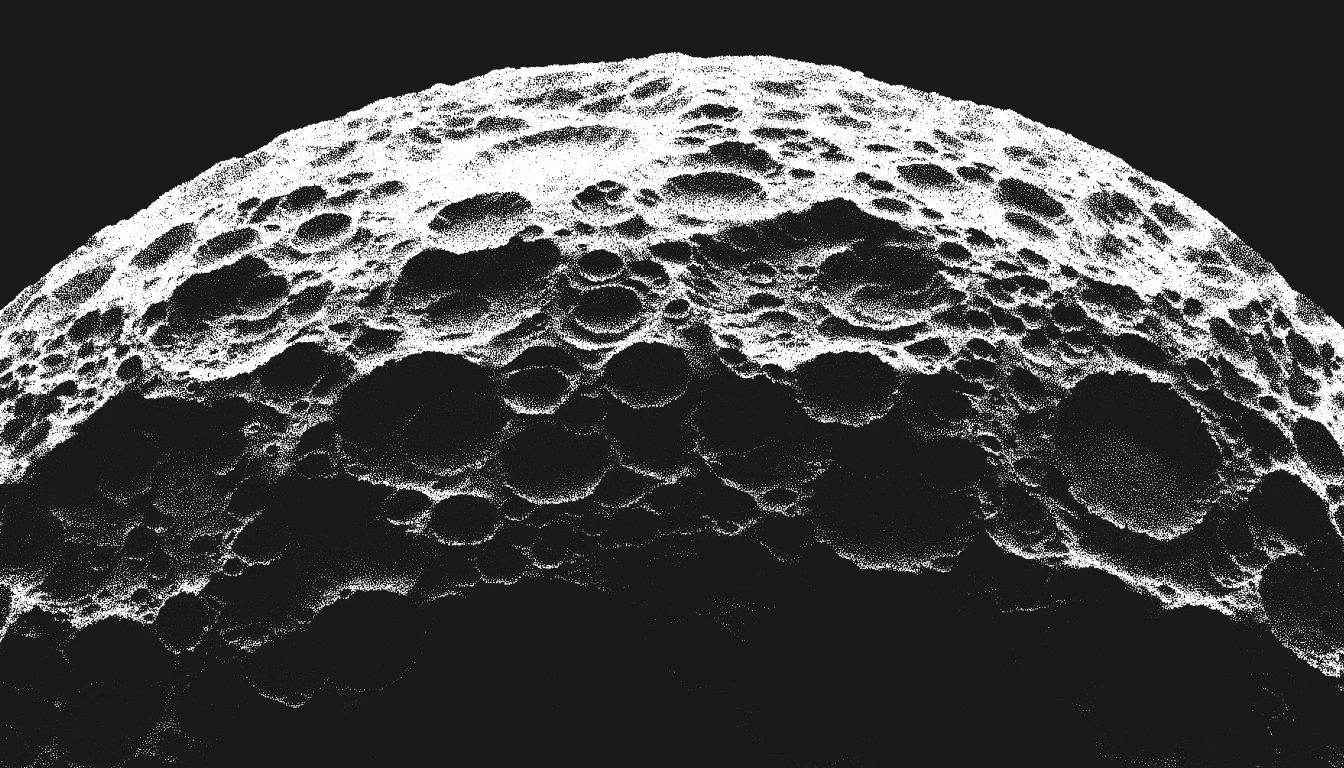Scientists at the University of Southampton, in collaboration with the UK-based space company Magdrive, have unveiled a groundbreaking propulsion system that promises to revolutionise deep-space exploration. This innovative technology, known as Super Magdrive, is designed to utilise minerals from celestial bodies as a fuel source, potentially enabling spacecraft to journey indefinitely through space.
The core concept of the Super Magdrive thruster lies in its ability to use readily available metals such as iron, aluminium, and copper, which are abundant in asteroids and moons. Traditional spacecraft face the challenge of limited fuel supplies due to the high cost and weight constraints of carrying fuel from Earth. This new system, however, aims to alleviate this issue by allowing spacecraft to refuel autonomously in space.
Dr Minkwan Kim, the lead scientist on the project, explained, “Spacecraft have limited amounts of fuel because of the enormous cost. But these new thrusters are capable of being powered by any metal that can burn.”
In the week in which Space X succeeded in returning its “Super Heavy” rocket to its launch platform, the possibility of needing to deploy the Super Magdrive feel more likely.
The potential applications of such technology are immense. Once equipped with this thruster, a spacecraft could theoretically land on an asteroid or a moon, mine the necessary metals for fuel, and embark on prolonged missions that were previously unimaginable. This capability could significantly expand humanity’s reach in the universe, facilitating exploration of distant planets and other celestial phenomena.
The University of Southampton team’s collaboration with Magdrive has already secured substantial financial support, with a £1 million grant awarded by the UK Government. This funding signals both confidence and interest in the development of technologies that could propel the nation’s presence in the space exploration arena.
Despite this technology being literally out of this world, it could also have earthly benefits. If the weight of space rockets could be reduced, less fuel would be needed to launch them. Andrew Wilson, assistant professor in environmental management at Glasgow Caledonian University in Scotland, calculates that each Space X Starship launch produces 76,000 metric tons of carbon dioxide equivalent. So any reduction would be meaningful.
Dr Kim expressed enthusiasm about the possible outcomes of this project, stating that the system could pave the way for the exploration of new planets and the search for extraterrestrial life, taking humanity to unexplored frontiers.
But ultimately, just because we can, doesn’t necessarily mean we should…




